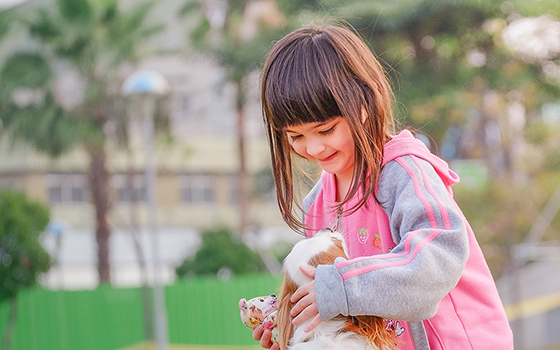Search

Our Child Physical Activity, Health and Development team focuses on improving children’s physical activity levels, health and development. We work to uncover the best environments, policies and programs to facilitate physically active lifestyles for lifelong health and wellbeing.
Research
Developmental trends in young children’s device-measured physical activity and sedentary behaviourKnowledge of developmental trends in meeting age-specific 24-hour movement behaviour guidelines is lacking. This study describes developmental trends in device-measured physical activity and sedentary time over a three-year period among Western Australian children aged two to seven years, including differences between boys and girls.
Research
A great way to bring up health behaviour topics at playgroup: a qualitative evaluation of the Healthy Conversations @ Playgroup programThe early years is a critical stage to establish optimal nutrition and movement behaviours. Community playgroups are a relaxed environment for parents with a focus on social connection and supporting parents in their role as 'First Teachers'. Playgroups are therefore an opportunistic setting to promote health behaviours in the early years.
Research
Preschool children’s physical activity in the home, childcare and neighbourhood environment: A latent profile analysis using device-based measuresBased on the socioecological conceptual model, the physical environment within the home, childcare and neighbourhood domains are key factors that influence preschool children's physical activity; however, the relative importance of each of these domains for preschool children's physical activity is unclear.
Research
Incorporating Children's VoicesInforming urban planning and policy development to grow equitable access to healthy environments for young people and their families.
Research
Interpregnancy intervals and child development at age 5: A population data linkage studyTo investigate the associations between interpregnancy intervals (IPIs) and developmental vulnerability in children's first year of full-time school (age 5). A retrospective cohort study using logistic regression. ORs were estimated for associations with IPIs with adjustment for child, parent and community sociodemographic variables.
Research
Living liveable? RESIDE's evaluation of the “Liveable Neighborhoods” planning policy on the health supportive behaviors and wellbeing of residents in PerthNew suburban communities built in accordance with the “Liveable Neighbourhoods” policy have the potential to encourage health supportive behaviors
Research
The influence of the early childhood education and care environment on young children’s physical activityThe PLAYCE Study instruments provide reliable measures of early childhood education and care physical activity environments
Research
“It just Sends the Message that you’re Nothing but your body” a Qualitative Exploration of Adolescent Girls’ Perceptions of Sexualized Images on Social MediaThis qualitative study used in-depth interviews to explore adolescent girls’ perceptions of sexualized images they typically find when using social media. Twenty-four participants aged 14–17 years described sexualized images of females as normalized on social media. The interplay between gendered and social norms that endorsed and rewarded girls for posting sexualized images was seen to influence an expectation for girls to conform with their peers and post such images of themselves.
Research
Association between preschooler movement behaviours, family dog ownership, dog play and dog walking: Findings from the PLAYCE studyPhysical inactivity in childhood is a major public health issue. Dog ownership has been widely reported to lead to greater physical activity in adults and school-aged children. We examined if dog ownership and dog-facilitated physical activity were associated with higher physical activity in preschoolers. Secondary analysis of the 'Play Spaces & Environments for Children's Physical Activity' (PLAYCE, 2015-2018) study involving 1366, 2-5-year-olds from 122 long day-care centres in Perth, Australia was conducted.
